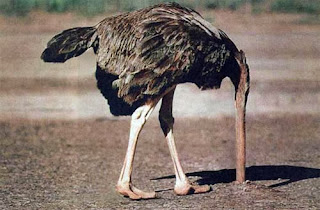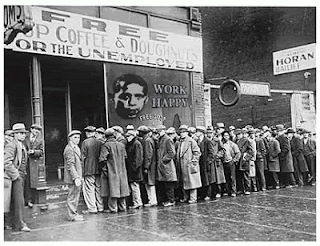“The guidance provided to an organization by one or more individuals seen as heroic or inspiring and who have therefore been granted the organizational power to make dramatic changes and extract extraordinary performance levels from its staff. For example, a business manager imbued with charismatic leadership could be enlisted to orchestrate a turnaround or launch a new product line.”
Well, my first dilemma within this definition is how one can mix up two different roles, namely business management and leadership (see: Leader vs. manager). Although both are needed in an organization they are not interchangeable. Next, in post “Leadership and Charisma” I wrote that it is not about the definition of a bad/good leader, it is about how he or she should behave and what she or he should aim for to be the successful one. Therefore, the question is not about charisma but rather about what kind of personality has a good leader?




























